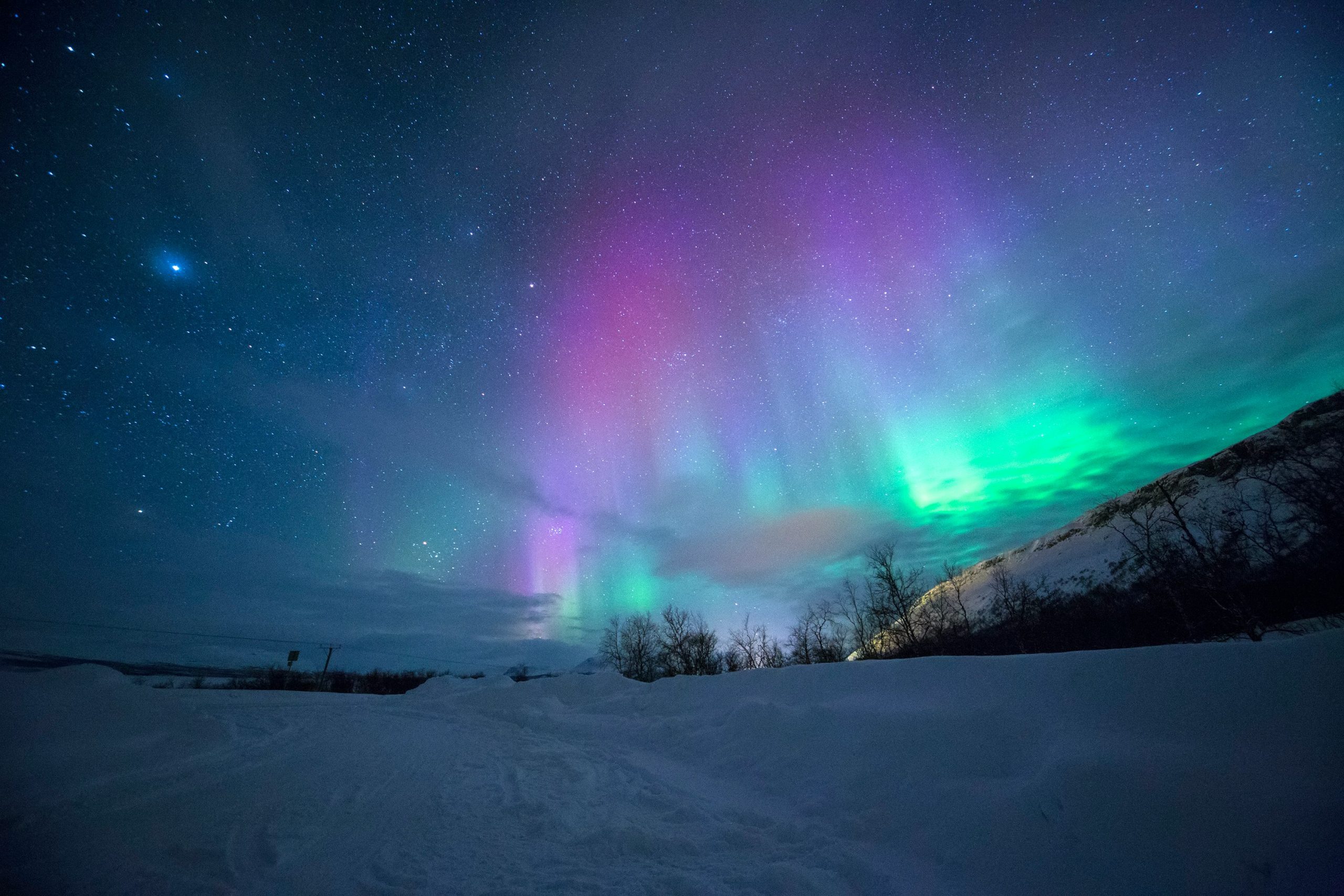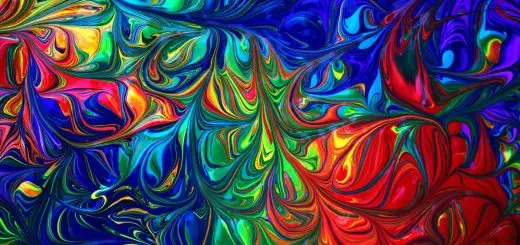How Do Countries Celebrate the Three Kings Holiday?

Looking for more amazing products? Check out our online store and explore our collection here! Happy shopping!
Before diving in, please note: This post is for informational purposes only. If you’d like to know more about how we approach topics, feel free to check out our friendly Disclaimer Page.
Hey there, amazing readers! 
We’re committed to delivering quality posts, and your support (even just sticking around despite the ads) means everything to us. So, bear with us, and thanks for helping us keep the good vibes rolling. Now, on to the fun stuff!
TRANSLATE BUTTON AT THE END OF THE ARTICLE
Every January, as the Christmas season winds down, the joy of Three Kings Day takes center stage in many parts of the world.
This vibrant and meaningful holiday celebrates the visit of the Magi, or the “Three Wise Men,” to the baby Jesus.
Known as “El Día de los Reyes” in Spanish-speaking countries, it is a day brimming with traditions, parades, feasts, and heartfelt family moments.
But have you ever wondered how different countries mark this special day?
Let’s explore how nations around the globe celebrate the Three Kings Holiday, each adding its unique cultural flavor to the festivities.
Spain: Parades and Sweet Treats
In Spain, Three Kings Day is one of the most important holidays of the year, rivaling even Christmas in significance.
The Cavalcade of the Magi
On the evening of January 5, cities and towns across Spain come alive with the Cabalgata de Reyes, a grand parade reenacting the Magi’s journey.
Spectacle of Floats: The Three Kings ride on ornate floats, tossing candies to eager children.
Community Involvement: Local communities participate with music, dance, and theatrical performances, creating a magical atmosphere.
Rosca de Reyes
The day isn’t complete without sharing a Roscón de Reyes, a crown-shaped sweet bread adorned with candied fruits.
Hidden inside is a small figurine of baby Jesus and sometimes a dried bean.
Tradition: The person who finds the figurine becomes “king” or “queen” for the day, while the one who gets the bean often has to buy the next Roscón!
Mexico: A Family Celebration
In Mexico, Three Kings Day, or El Día de los Reyes, is deeply rooted in family and faith.
Gift-Giving
For many Mexican children, January 6 is the main day to receive presents, reflecting the Magi’s gifts to Jesus.
Shoes by the Door: Kids leave their shoes out on January 5, often with hay or grass for the Magi’s camels.
By morning, the shoes are filled with gifts and treats.
Rosca de Reyes and Hot Chocolate
Families gather to enjoy Rosca de Reyes, paired with steaming cups of Mexican hot chocolate.
Candlemas Connection: The person who finds the figurine in the Rosca hosts a party with tamales on Candlemas Day, February 2.
Puerto Rico: Festivities and Feasts
In Puerto Rico, Three Kings Day is celebrated with island-wide enthusiasm, blending religious devotion with joyful revelry.
Parrandas
On January 5, communities host parrandas, a lively form of caroling where neighbors sing, play instruments, and spread holiday cheer.
Food and Family
Traditional dishes like roasted pork, arroz con gandules (rice with pigeon peas), and tembleque (coconut pudding) are staples of the day’s feasts.
Children’s Gifts: Much like in Mexico, children leave hay under their beds for the camels and wake up to find gifts in return.
Italy: La Befana and Sweet Traditions
In Italy, Three Kings Day coincides with the celebration of La Befana, a beloved folklore character.
La Befana the Witch
According to legend, La Befana is an old woman who delivers gifts to children on Epiphany Eve, much like Santa Claus.
Candy or Coal: Children who have been good receive candy, while those who haven’t might find a lump of coal in their stockings.
Festive Foods
Italians enjoy special treats like panettone, befanini (Epiphany cookies), and sometimes torrone (nougat).
France: A Royal Feast
In France, Three Kings Day is marked by the sharing of a Galette des Rois, a flaky, almond-filled pastry.
Hidden Charm
Inside the galette, a small charm or figurine called a fève is hidden.
The person who finds it becomes “king” or “queen” for the day.
Crowning the King: A paper crown is often included with the pastry for the lucky finder to wear.
The United States: A Cultural Mosaic
In the United States, the celebration of Three Kings Day is particularly vibrant in communities with Hispanic, Caribbean, and European influences.
Parades and Festivals
Cities like New York, Miami, and New Orleans host parades and cultural events to honor the holiday.
Hispanic Traditions: Hispanic communities continue the customs of leaving shoes out for gifts and sharing Rosca de Reyes.
New Orleans’ King Cake: In Louisiana, the holiday marks the start of Mardi Gras season, with the traditional King Cake taking center stage.
Poland: Religious Reverence
In Poland, Three Kings Day, or Święto Trzech Króli, is a public holiday with deep religious significance.
Processions and Blessings
Cities host processions featuring the Three Kings, while families attend church services and have their homes blessed.
Chalk Markings: A tradition involves marking the doors with chalk, writing the year and the initials of the Magi: C+M+B (Caspar, Melchior, and Balthazar).
The Philippines: A Spiritual Celebration
In the predominantly Catholic Philippines, Three Kings Day, called Araw ng Tatlong Hari, is an extension of the Christmas season.
Parades and Performances
Churches and communities organize processions reenacting the journey of the Magi.
Simplicity and Faith
The day emphasizes spiritual reflection and family gatherings rather than elaborate festivities.
Why Three Kings Day Matters
Three Kings Day is more than just a holiday; it’s a celebration of faith, community, and tradition.
Across the world, the festivities may look different, but they all share a common thread of honoring generosity, joy, and togetherness.
So, whether it’s through a slice of Rosca de Reyes in Mexico, a Galette des Rois in France, or singing carols in Puerto Rico, the spirit of the Three Kings reminds us of the timeless values that bring us closer together.

The Enlightenment Journey is a remarkable collection of writings authored by a distinguished group of experts in the fields of spirituality, new age, and esoteric knowledge.
This anthology features a diverse assembly of well-experienced authors who bring their profound insights and credible perspectives to the forefront.
Each contributor possesses a wealth of knowledge and wisdom, making them authorities in their respective domains.
Together, they offer readers a transformative journey into the realms of spiritual growth, self-discovery, and esoteric enlightenment.
The Enlightenment Journey is a testament to the collective expertise of these luminaries, providing readers with a rich tapestry of ideas and information to illuminate their spiritual path.
Our Diverse Expertise
While our primary focus is on spirituality and esotericism, we are equally passionate about exploring a wide range of other topics and niches 

To ensure we provide the most accurate and valuable insights, we collaborate with trusted experts in their respective domains 
Our blog originally focused on spirituality and metaphysics, but we’ve since expanded to cover a wide range of niches. Don’t worry—we continue to publish a lot of articles on spirituality! Frequently visit our blog to explore our diverse content and stay tuned for more insightful reads.
Hey there, amazing reader! 
Check out our store here and take a peek at some of our featured products below! Thanks for being awesome!










